To understand this requires a quick history lesson.
It further manufactured small arms, most notably the Model 1909 machine gun.
ZB-26 or ZB vz.
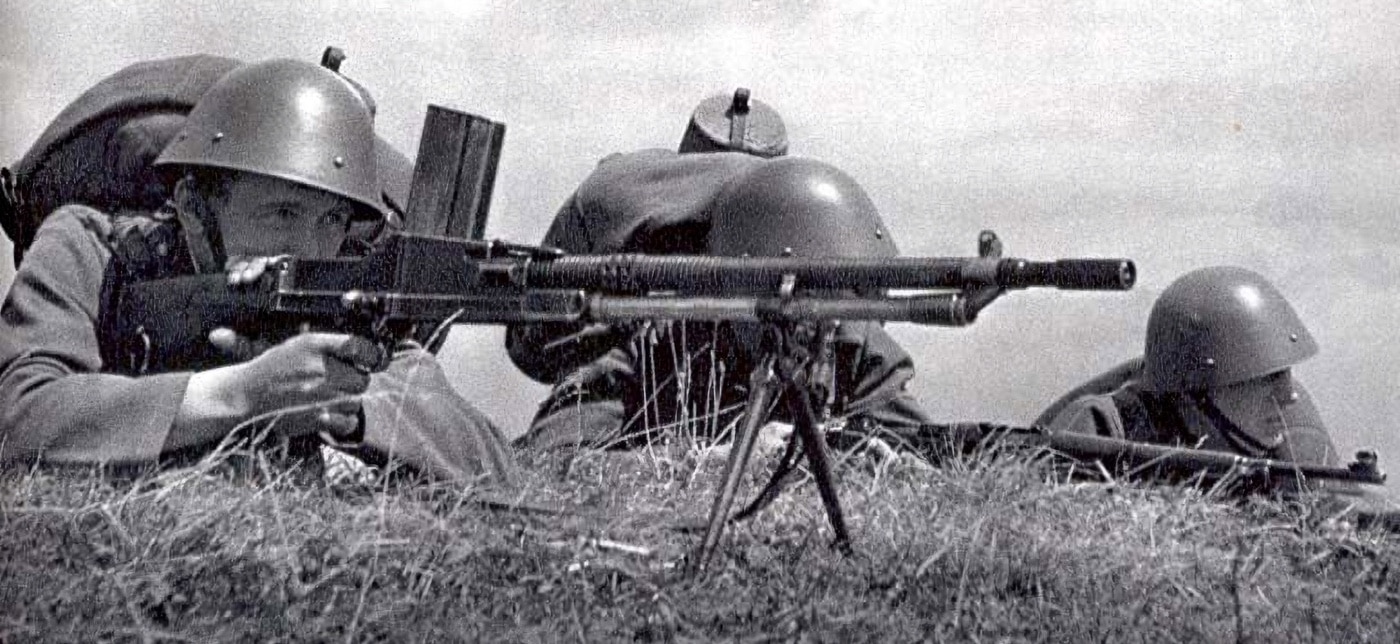
Czechoslovak soldier with a ZB vz. 26 light machine gun during maneuvers during the late 1930s. Image: Czechoslovak Armed Forces
However, ZB-26 is a factory designation while vz.
26 was the Czech militarys designation.
Both names, ultimately, refer to the same design.
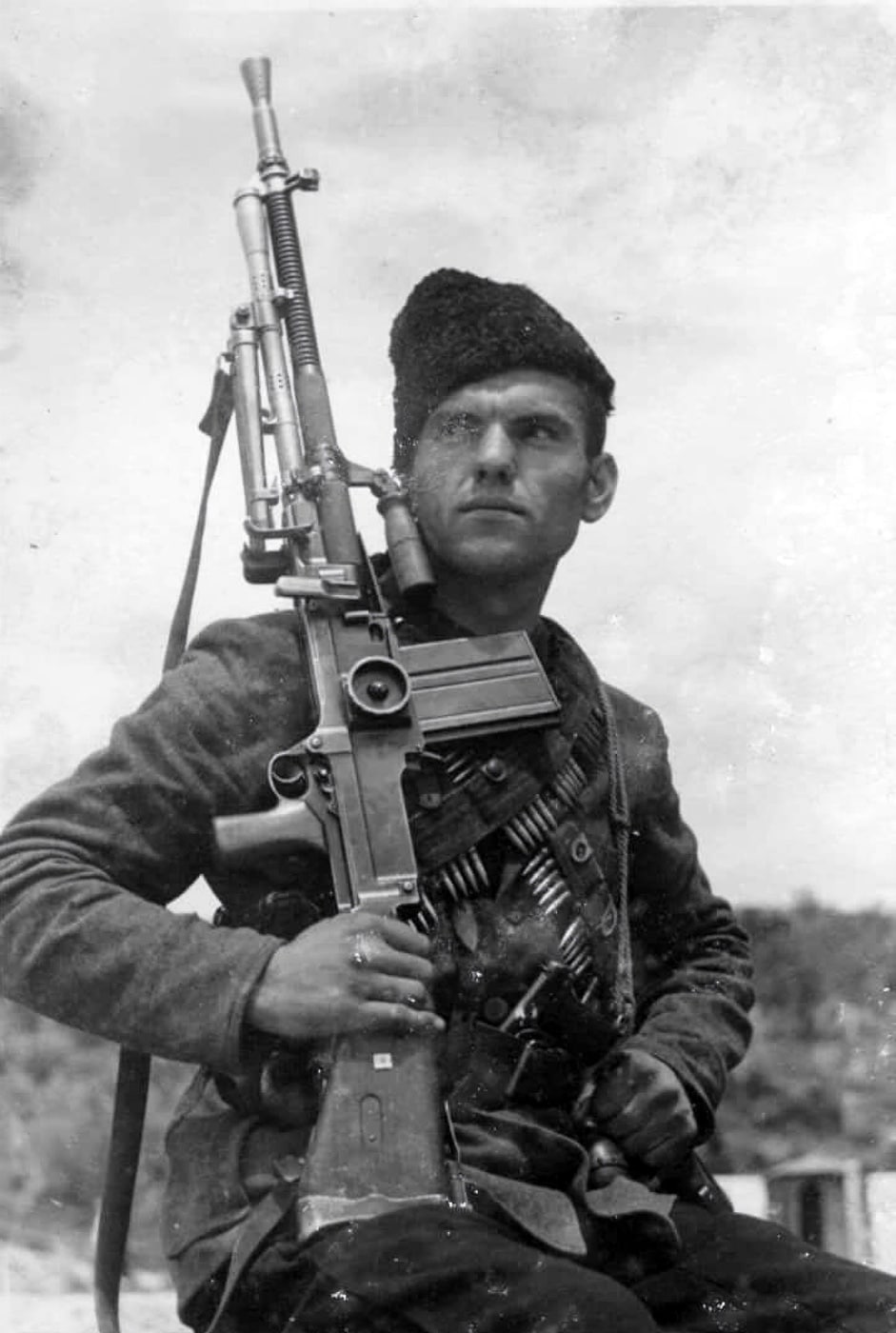
David Jovanić, Chetnik of the Dinara Division, armed with M37 in the village of Donji Lapac, Lika, Kingdom of Yugoslavia. The M37 was a domestically produced variant of ZB vz. 30 — a variant of the vz. 26.
The latter was charged with producing aFrench Hotchkiss designunder license a weapon that could be employed to train with.
Exactly what that entailed or even meant isnt known, but it is simply based on the surviving records.
The offering from the Holek brothers at Praha eventually won out.
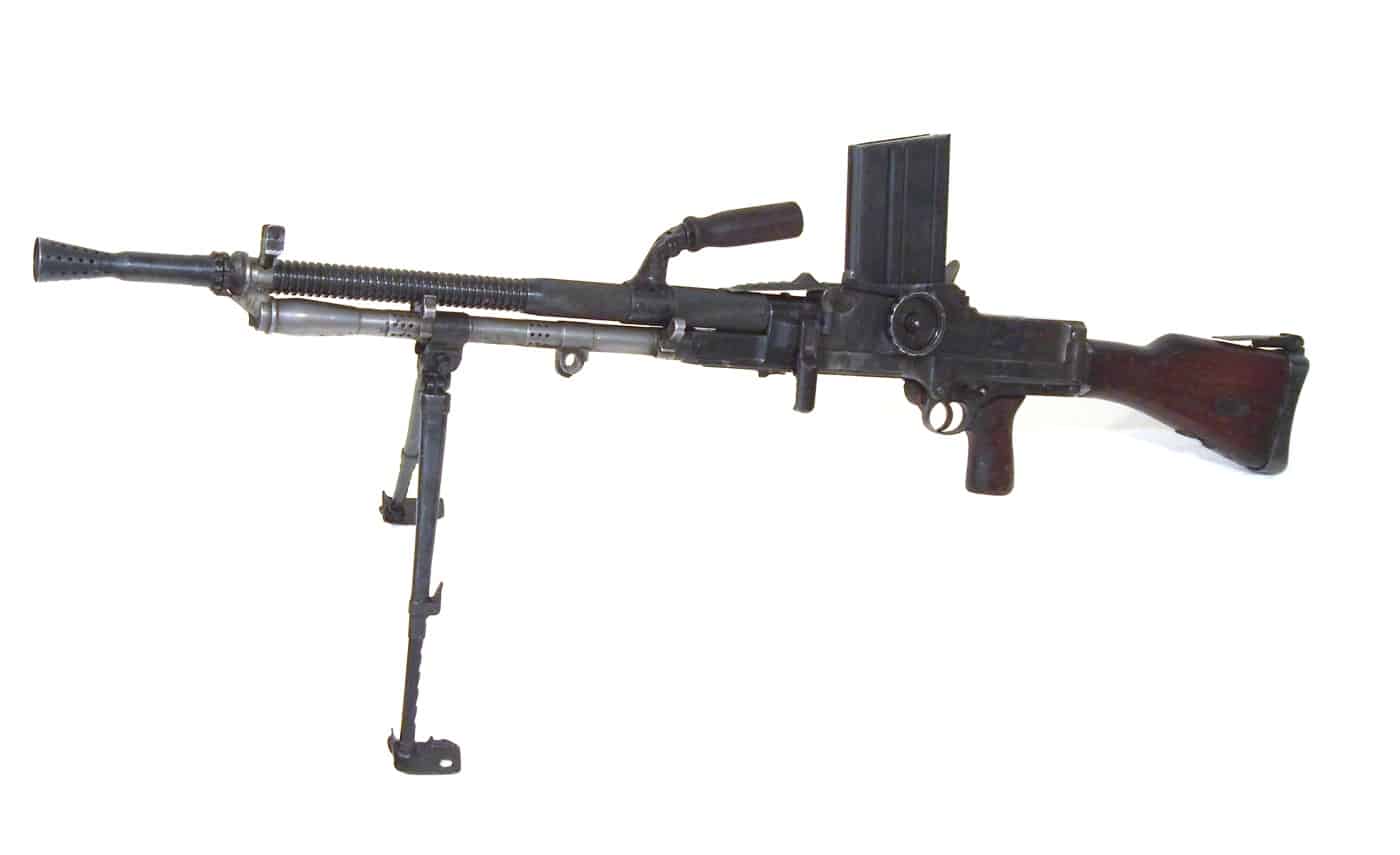
The Czechoslovakian-made ZB-26 was developed in the early 1920s by brothers Vaclav and Emmanuel Holek. Image: Author
However, Praha wasnt well suited to the task.
Had Praha been more established, the firearm could have become the ZC-26 instead!
It was chambered for the 7.92x57mm Mauser centerfire cartridge commonly referred to as 8mm Mauser.
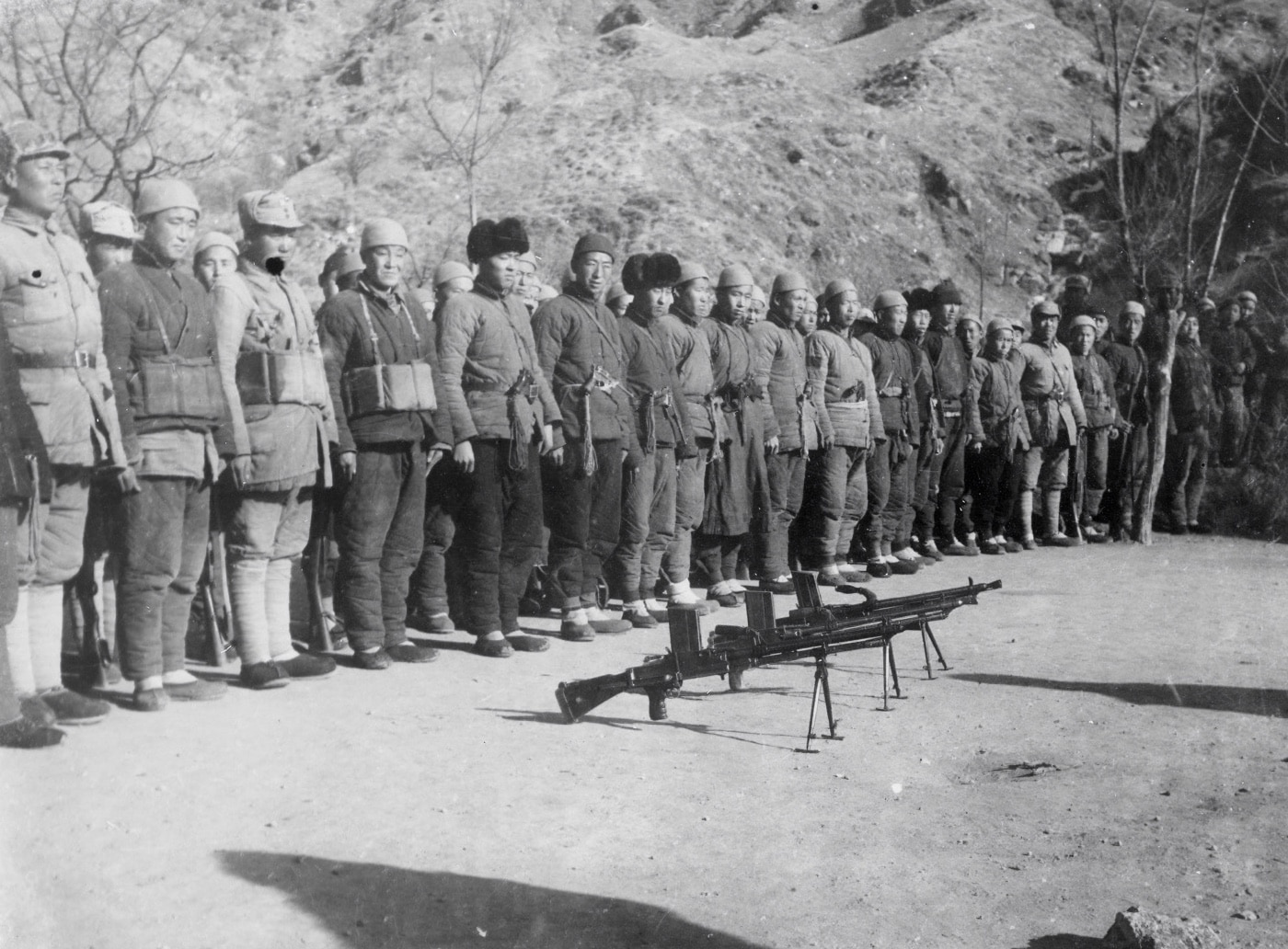
Chinese militia with ZB vz. 26 machine guns in the Jin-Cha-Ji border region during World War II. Image: University of Bristol Library/CC BY_NC_ND 4.0
While the British military may have been persuaded to change cartridges, the Treasury wouldnt have it.
As it happened, Vaclav Holek had further refined the LMG, with the result being the ZGB30.
It was tested alongside several other firearms, notably the similar-looking Vickers-Berthier.
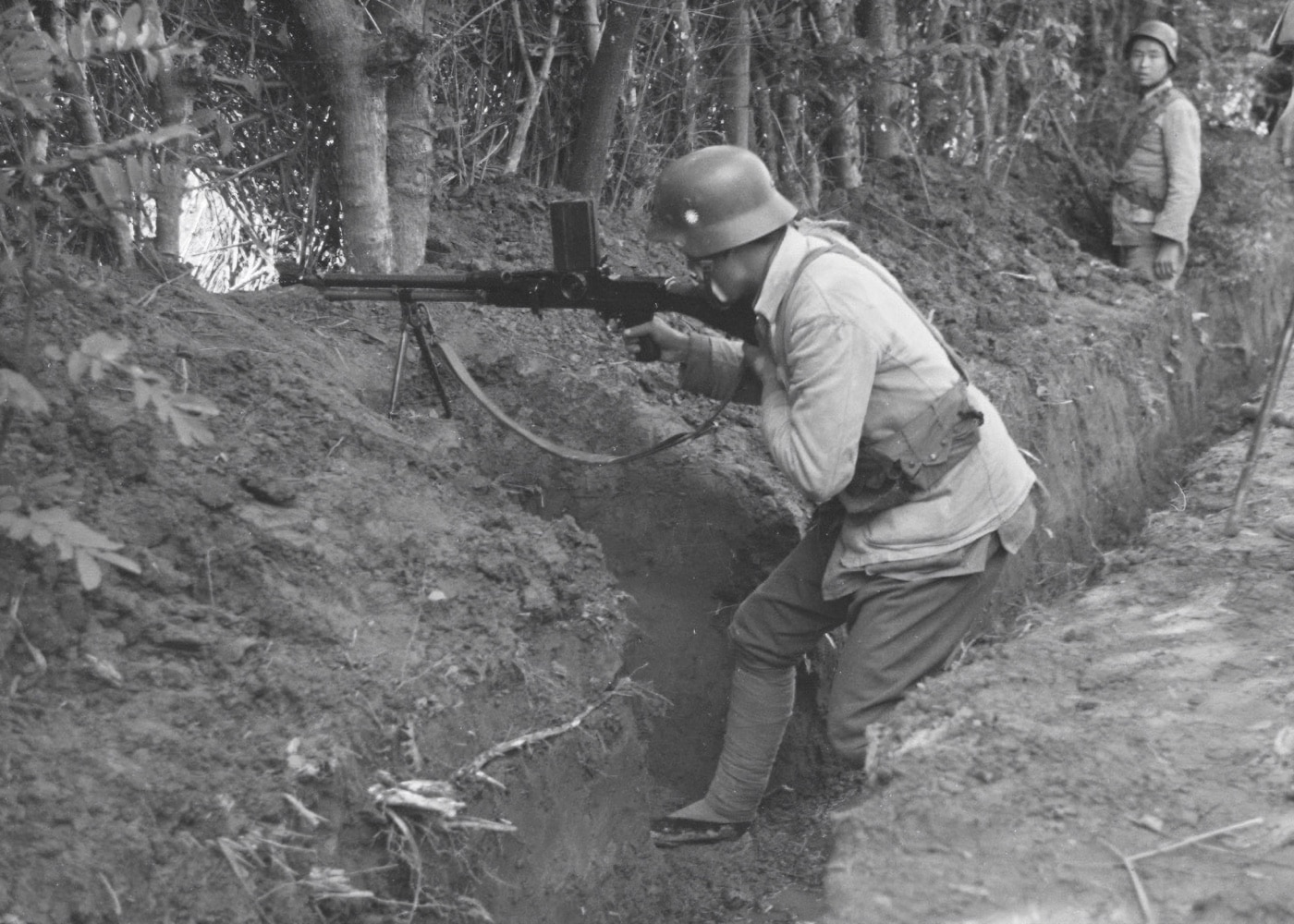
A Chinese Nationalist takes aim with a ZB-26 machine gun. Image: Malcolm Rosholt/CC BY_NC_ND 4.0
No other light machine gun saw as much first-line service.
More than a dozen other nations also adopted the ZB-26 and its variants, notably the ZB-30 and ZB-33.
It was even employed by the militaries of Lithuania and Yugoslavia.
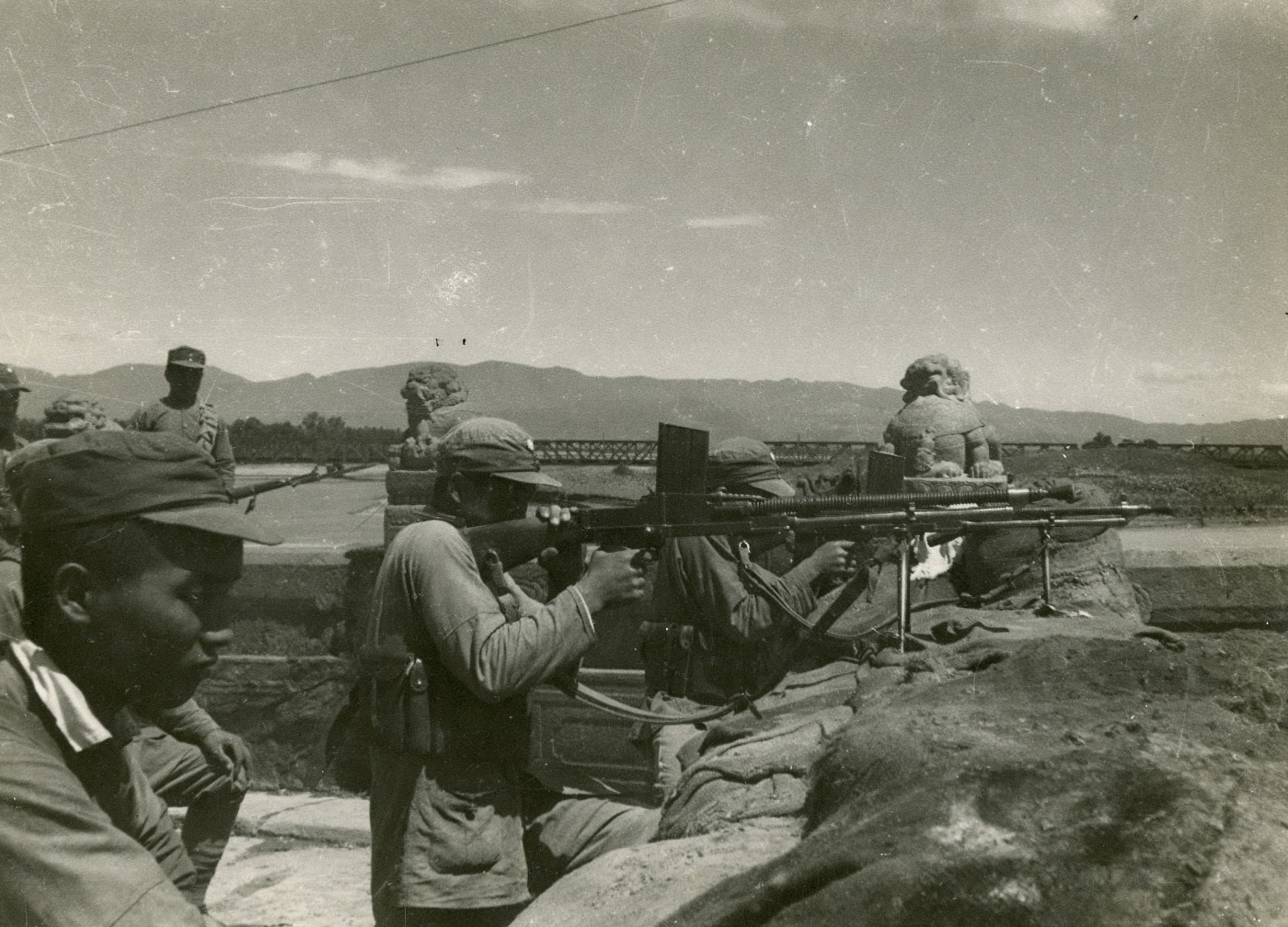
Chinese troops with ZB-26 light machine guns on Lugou Bridge during the Marco Polo Bridge Incident in 1937. Image: James D. White/University of Bristol Library/CC BY_NC_ND 4.0
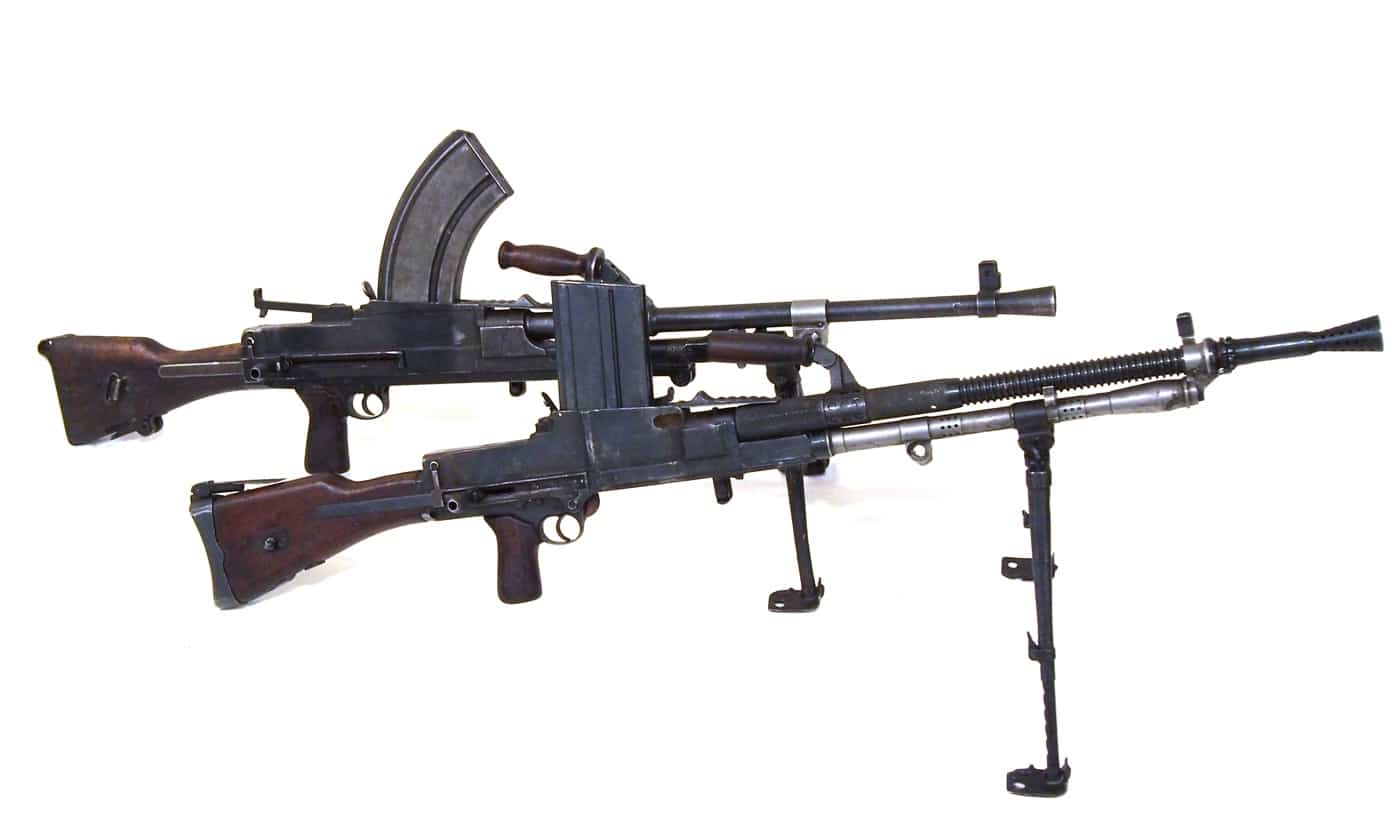
The ZB-26 was further refined and served as the basis for the British Army’s Bren Gun (rear), which saw service through World War II and the much of the Cold War. Image: Author
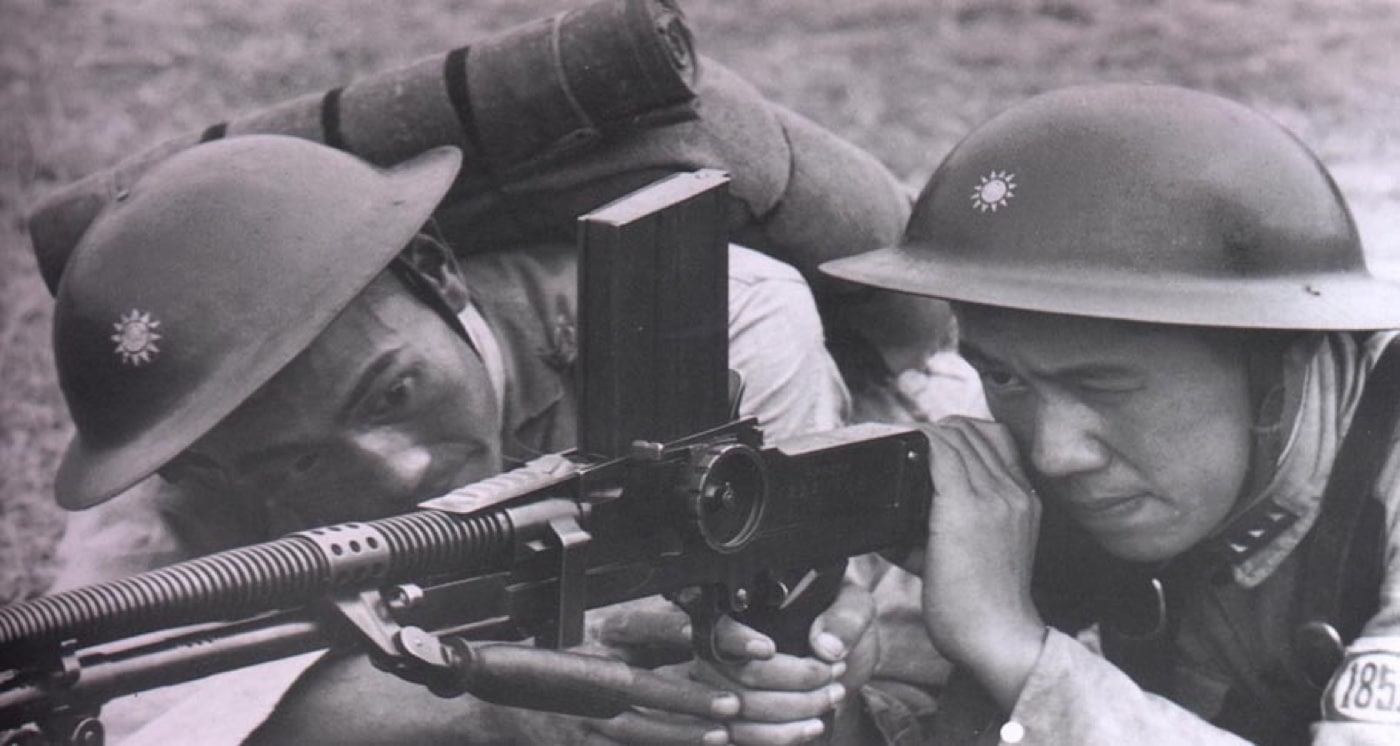
Republic of China (Taiwan) soldiers with a ZB-26 machine gun. Image: Public domain
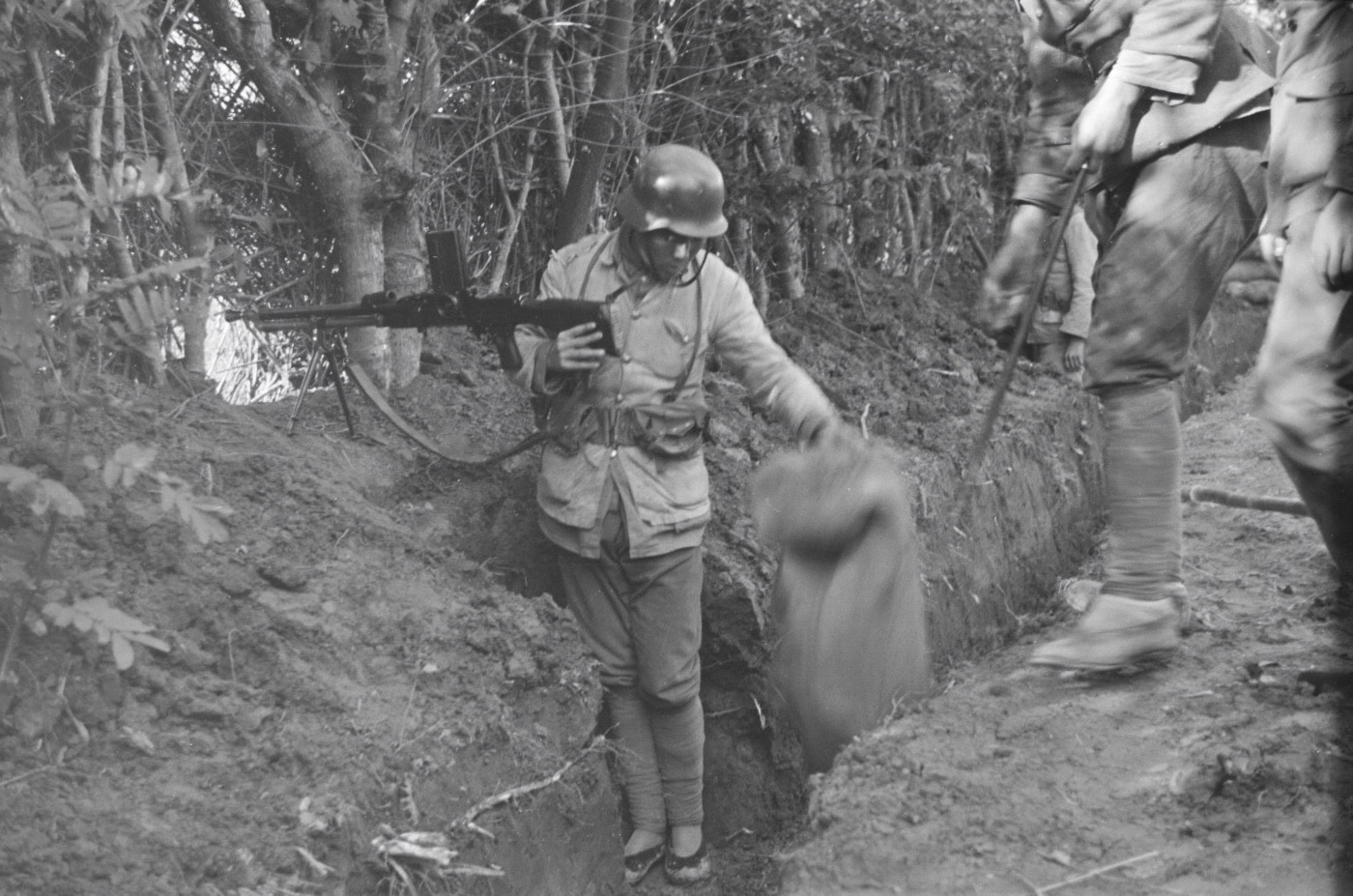
Chinese Nationalist soldiers in a trench during World War II. The soldier in the center is armed with a Czech vz. 26. Image: Malcolm Rosholt/CC BY_NC_ND 4.0
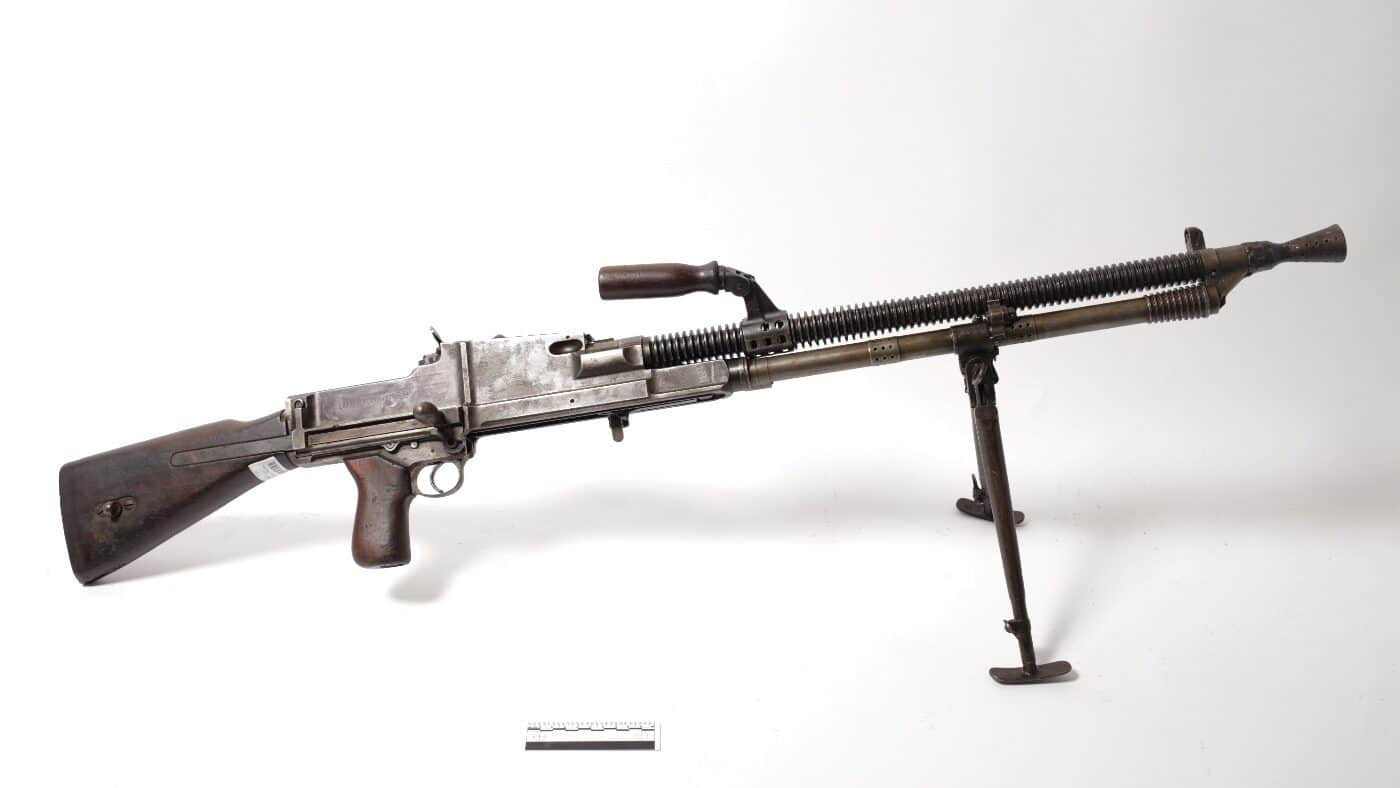
The ZB vz 26 became the Czechoslovak army’s standard light machine gun. In total, almost 150,000 units were produced between 1924 and 1953. Image: Imperial War Museum/CC BY 4.0




